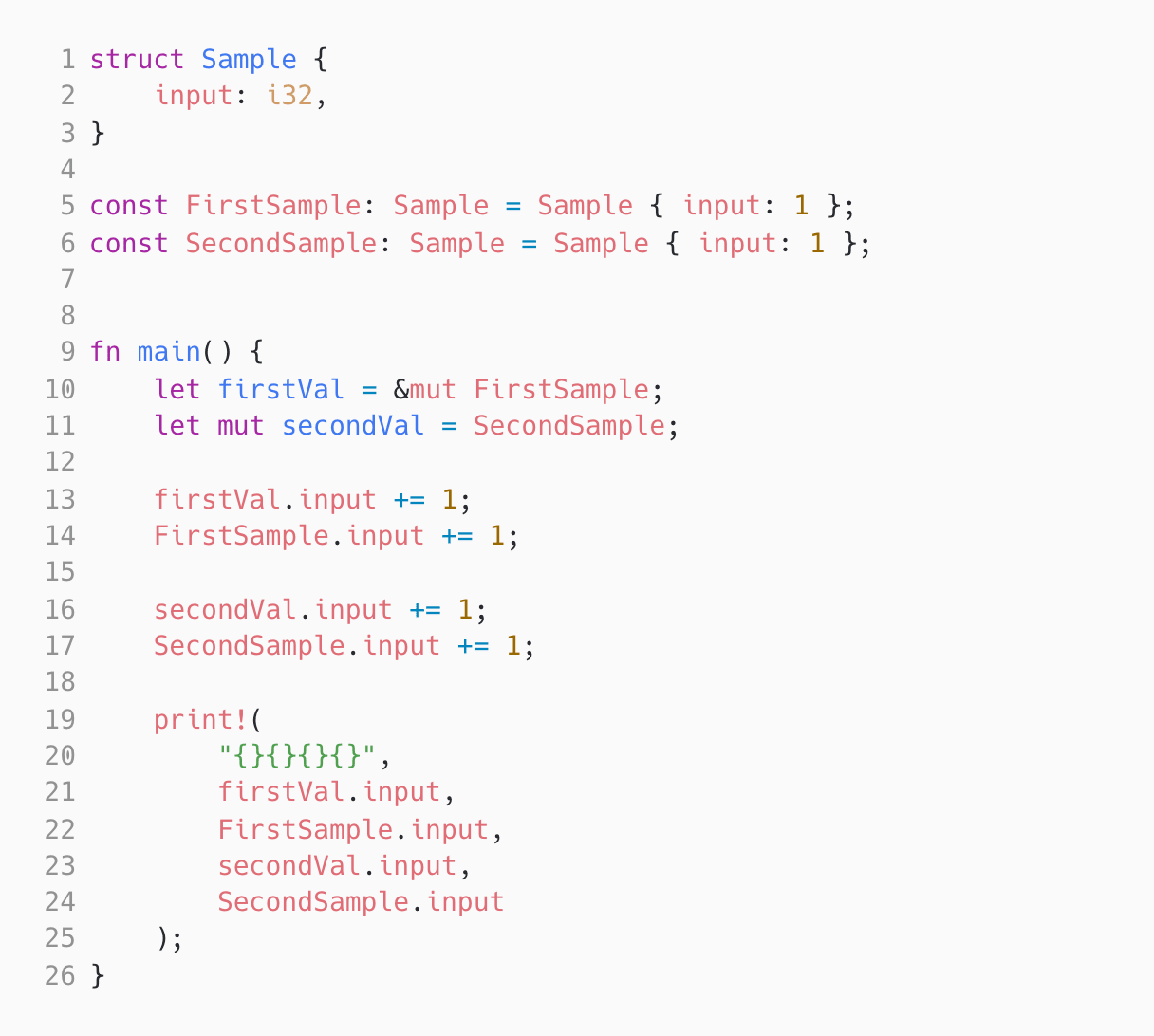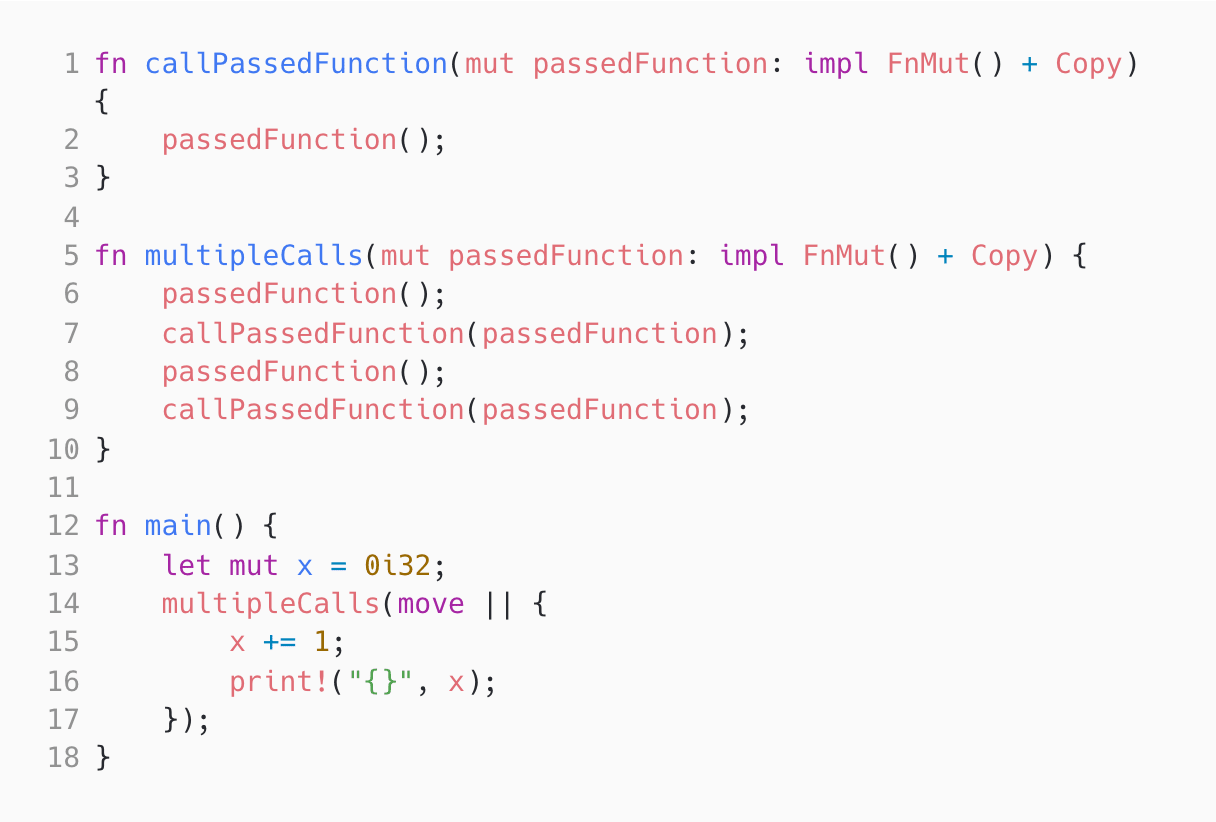Recursion: Recursion involves a function calling itself to break down a problem into simpler sub-problems. It's fundamental for tasks involving hierarchical data structures like trees and graphs. Measuring this skill helps evaluate a candidate's ability to implement efficient solutions for complex, nested problems.
Dynamic Programming: Dynamic Programming is a technique used to solve problems by breaking them down into simpler sub-problems and storing results to avoid redundant calculations. It's crucial for optimizing computational efficiency. This skill is critical for developing algorithms that can tackle large datasets effectively.
Data Structures: Data Structures, like arrays, linked lists, and hash maps, are ways to store and organize data in a computer. They are fundamental to writing efficient code. Proficiency in this area is necessary for optimizing storage, processing, and retrieval tasks.
Algorithm Optimization: Algorithm Optimization focuses on improving the efficiency and performance of a program. This is important to ensure fast execution and lower resource consumption. It evaluates a candidate's ability to refine code to meet performance constraints.
Concurrency and Parallelism: Concurrency involves managing multiple tasks simultaneously, while parallelism executes multiple tasks at the same time. These concepts are key for optimizing performance in multi-core processor environments. This skill assesses a candidate's proficiency in writing code that can run efficiently in real-world, multi-threaded environments.
String Manipulation: String Manipulation entails handling and modifying strings of text. This skill is essential for various applications, including parsing, formatting, and data extraction. Proficiency in string manipulation ensures robust handling of textual data.
Graph Algorithms: Graph Algorithms are a set of instructions to solve problems on graphs, which are structures made up of nodes and edges. They are pivotal for network analysis, pathfinding, and connectivity tasks. This skill gauges an individual's capability to handle complex, interconnected data.
Sorting and Searching: Sorting and Searching algorithms are foundational techniques for organizing and retrieving data efficiently. These operations are fundamental for database management and information retrieval systems. This measures one's ability to implement core algorithms optimally.
Pattern Matching: Pattern Matching involves checking a given sequence of tokens for the presence of some pattern. It is widely used in text processing, data validation, and computational biology. This skill showcases an individual's ability to efficiently detect and process patterns in data.
Memory Management: Memory Management is the process of controlling and coordinating computer memory, including the allocation and deallocation of memory blocks. Proper memory management is critical to prevent leaks and optimize program performance. This skill is key for ensuring that applications run efficiently and reliably.























































